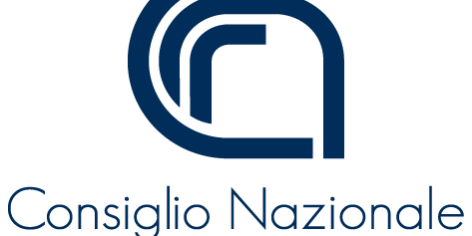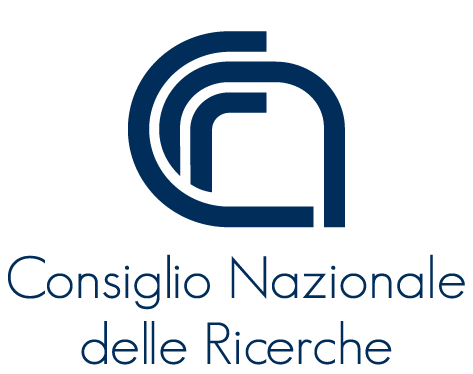Il Consiglio Nazionale delle Ricerche (CNR) è un Ente pubblico di ricerca nazionale con competenze multidisciplinari, vigilato dal Ministero dell’Università e della Ricerca (MUR). Fondato nel 1923, ha il compito di realizzare progetti di ricerca scientifica nei principali settori della conoscenza e di applicarne i risultati per lo sviluppo del Paese, promuovendo l’innovazione, l’internazionalizzazione del “sistema ricerca” e favorendo la competitività del sistema industriale.
Ogni giorno, il CNR affronta le sfide del nostro tempo in molteplici settori: salute dell’uomo e del pianeta, ambiente ed energia, alimentazione e agricoltura sostenibile, trasporti e sistemi di produzione, ICT, nuovi materiali, sensori e aerospazio. Ma anche scienze umane e tutela del patrimonio culturale, scienze sociali, bioetica, scienze e tecnologie quantistiche, intelligenza artificiale, tecnologie abilitanti.
Le attività vengono svolte attraverso un patrimonio di risorse umane di circa 8.500 dipendenti operanti su tutto il territorio nazionale, di cui oltre 7.000 impegnati in ricerca e attività di supporto alla ricerca. La rete scientifica è costituita da 88 Istituti di ricerca e da sette Dipartimenti per aree macro-tematiche. Un contributo importante arriva dalle collaborazioni, anche internazionali, con i ricercatori delle Università e delle imprese.
Il CNR, inoltre, è il maggior Ente non universitario coinvolto nei dottorati di ricerca degli atenei italiani, con l’obiettivo di contribuire all’alta formazione dei giovani mediante percorsi caratterizzati da altissimo profilo scientifico, innovazione e qualità della ricerca.
- Eventi in corso
- Prossimi eventi
- Eventi passati


